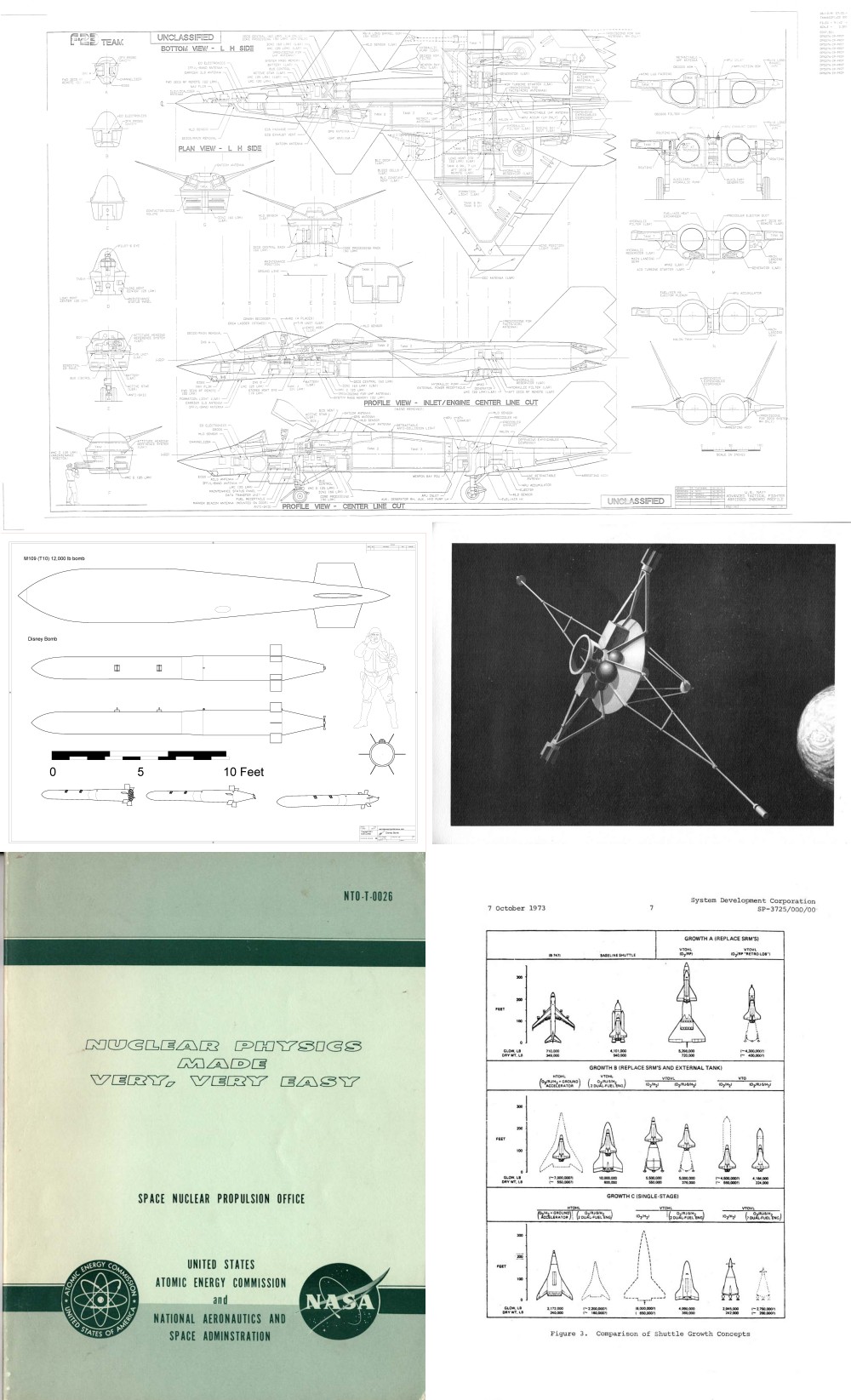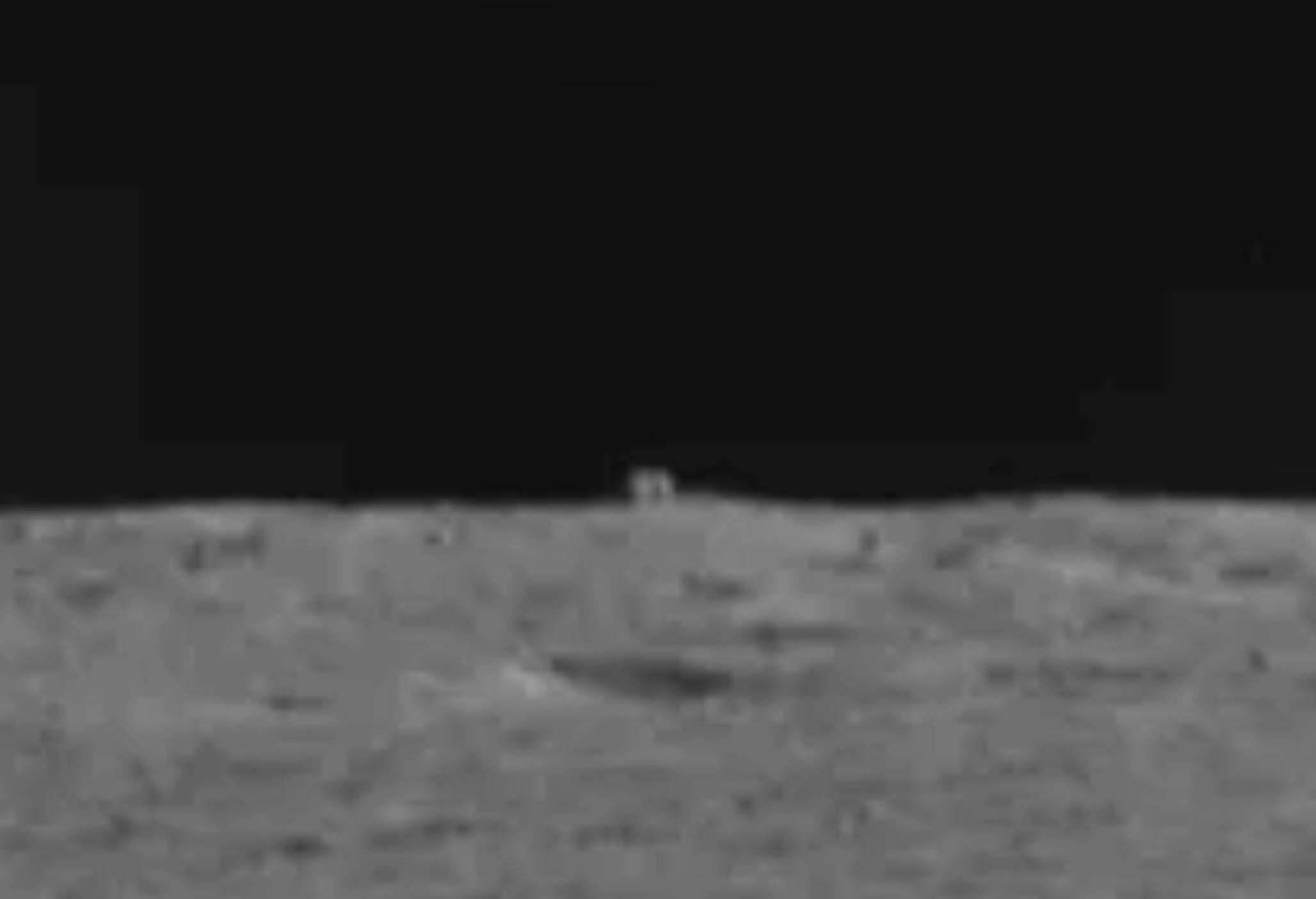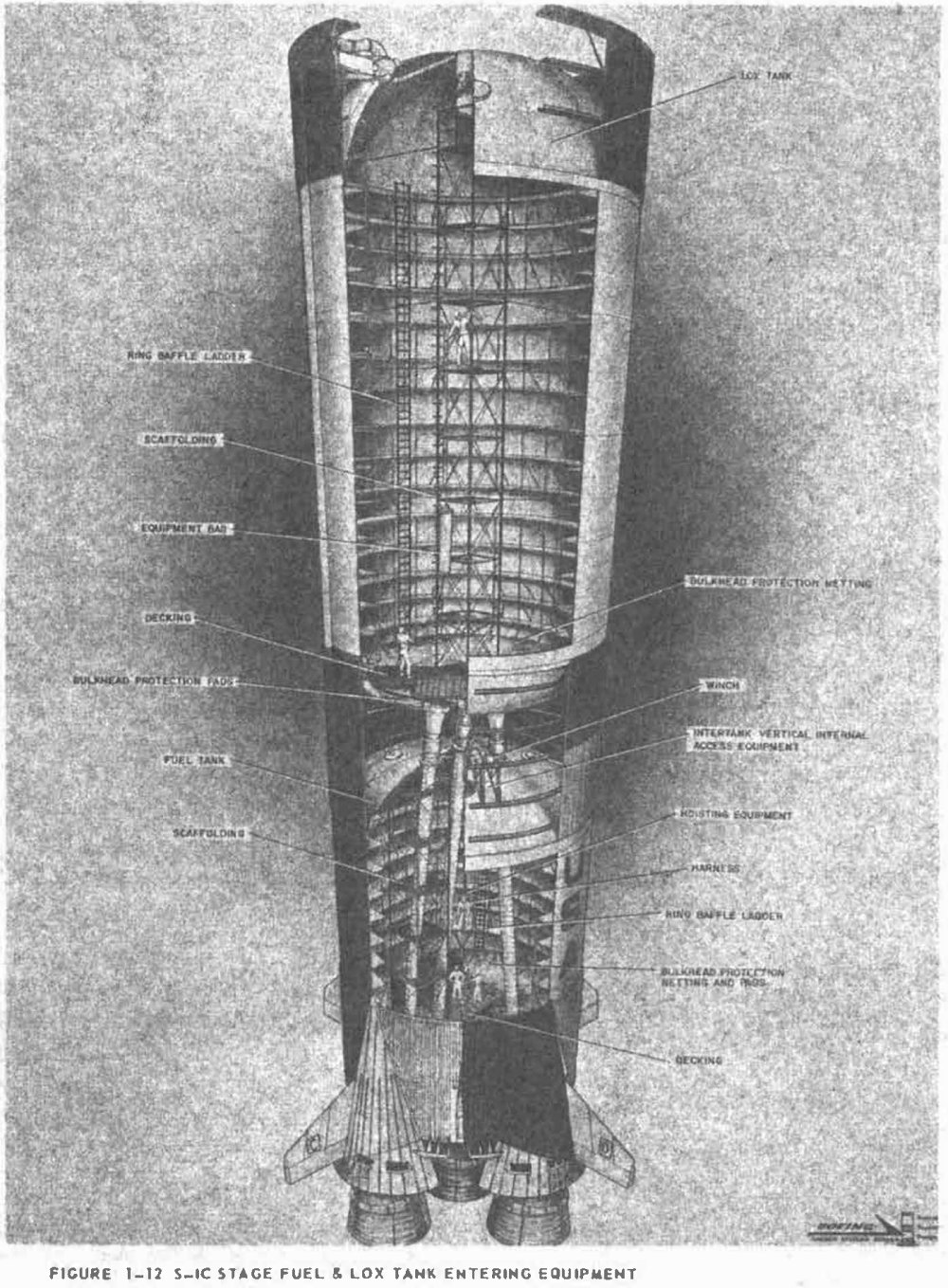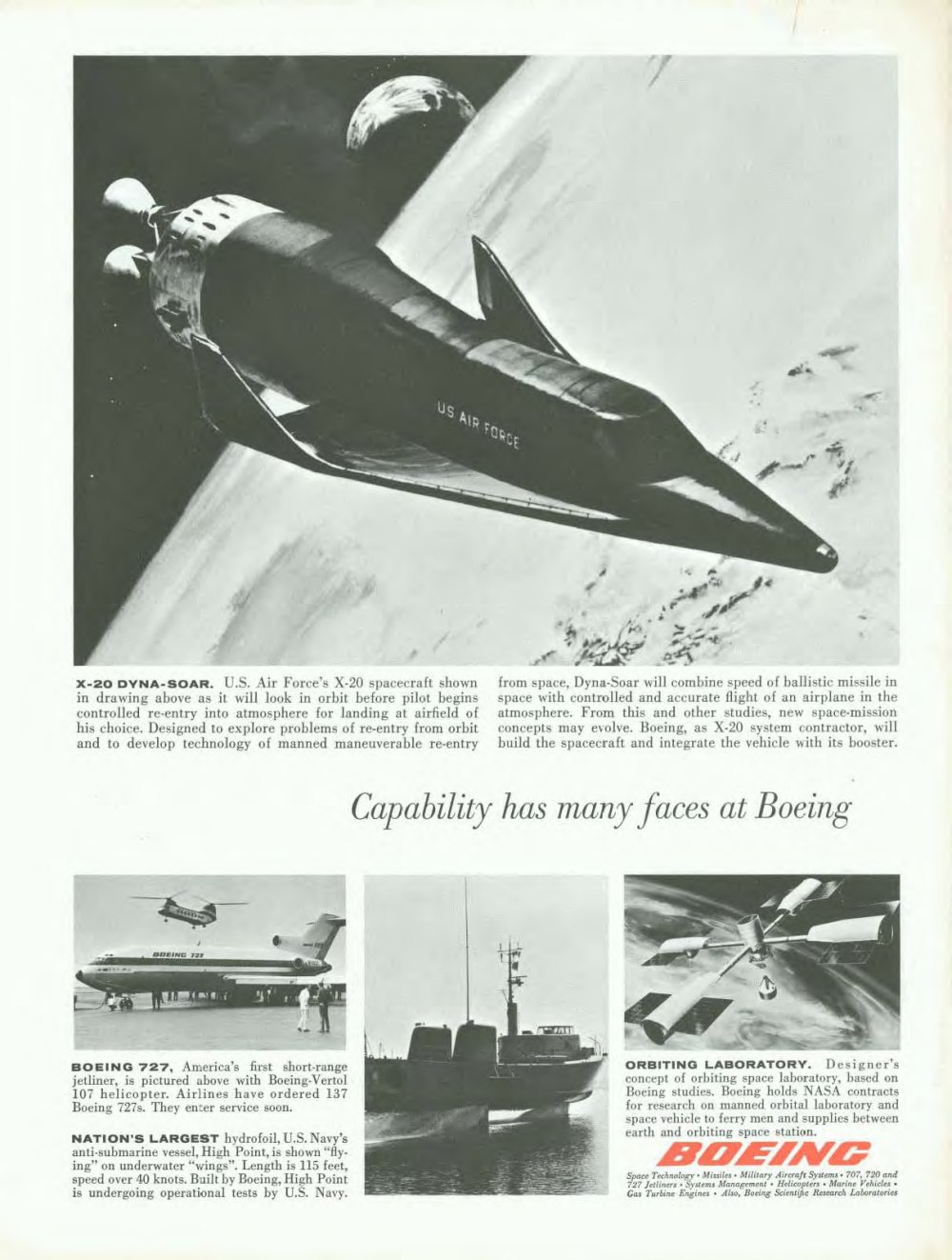The rewards for November, 2021, have been sent out. Patrons should have received a notification message through Patreon linking to the rewards; subscribers should have received a notification from Dropbox linking to the rewards. If you did not, let me know.
Document: “Galactic-Jupiter Probe Program Concept:” 1967 NASA-Goddard brochure describing a Pioneer/Voyager type of space probe
Document: “Mixed Mode Rocket Vehicles for International Space Transportation Systems,” 1973 paper describing modified Shuttles and other launch vehicles
Document: “Nuclear Physics Made Very, Very Easy,”1968 NASA NERVA test operation publication that summarizes nuclear physics
Diagram: Navalized Advanced tactical Fighter (Northrop NF-23) general arrangement
CAD Diagram ($5 and up): “Disney Bomb,” British designed and built, American dropped rocket-boosted submarine pen penetrating bomb from the end of WWII

If this sort of thing is of interest, sign up either for the APR Patreon or the APR Monthly Historical Documents Program. *ALL* back issues, one a month since 2014, are available for subscribers at low cost.





